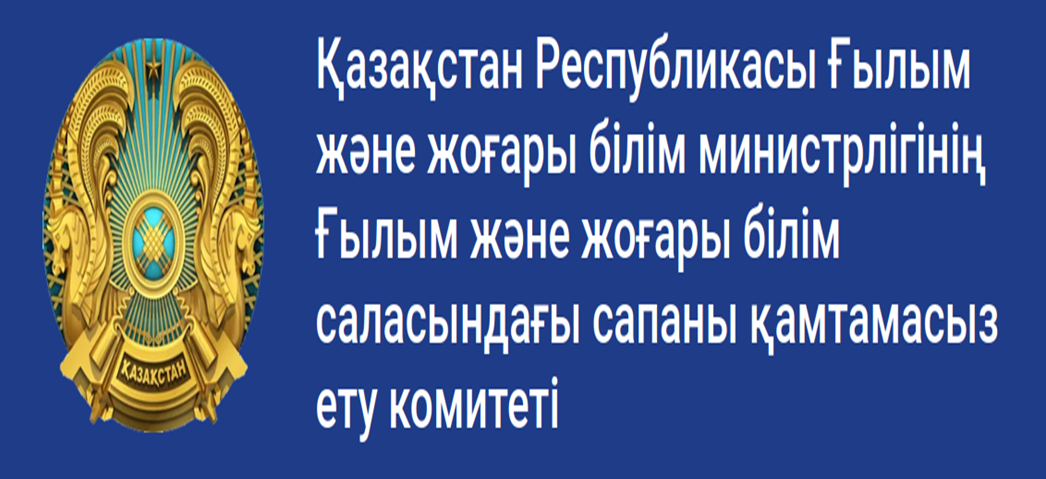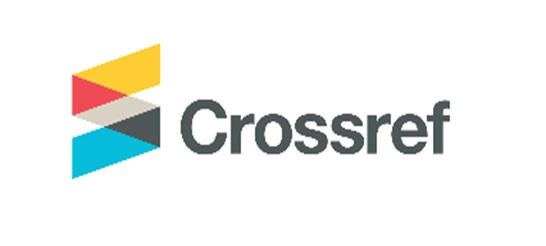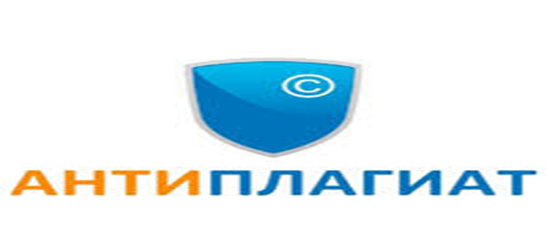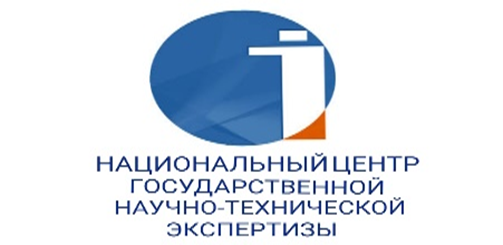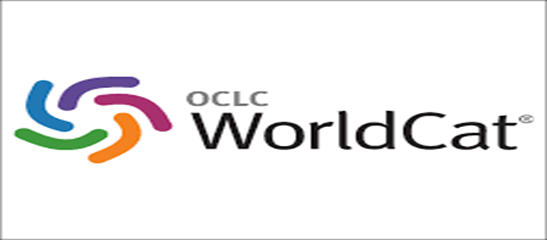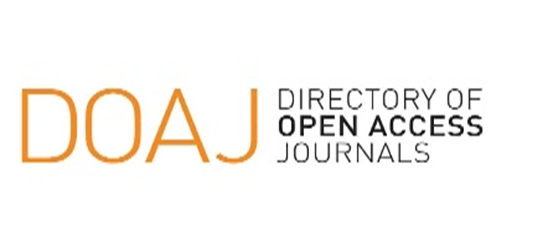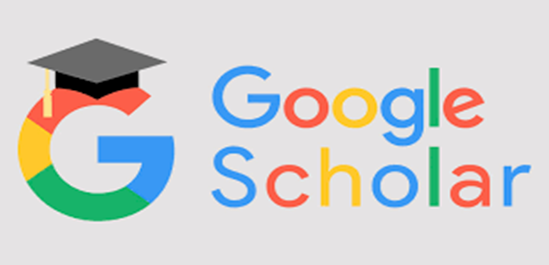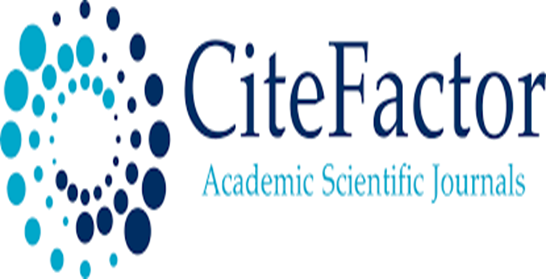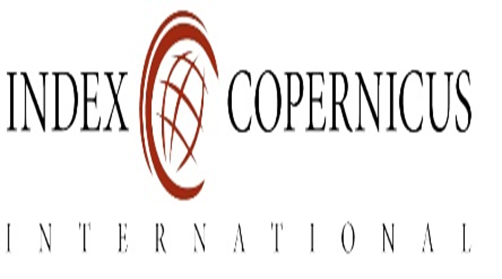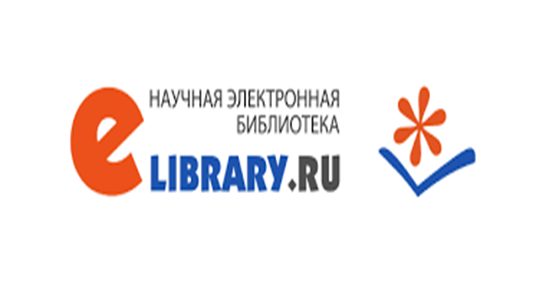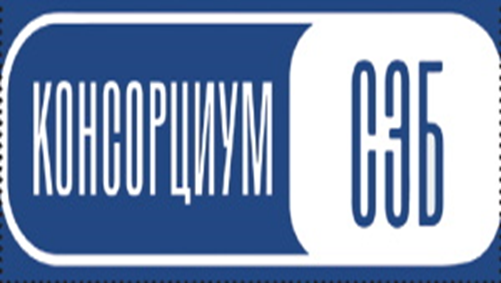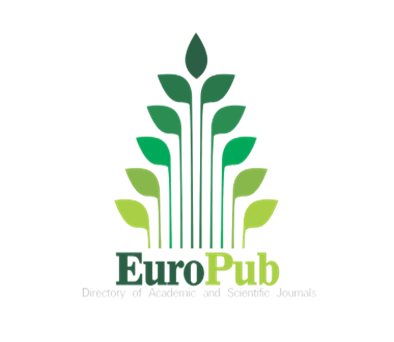Features of the functioning of the plural form -lar in the Turkic languages from the standpoint of ethnolinguistics
Views: 351 / PDF downloads: 201
DOI:
https://doi.org/10.32523/2664-5157-2021-3-22-27Keywords:
ethnolinguistics, linguistic and cultural studies of the Turkic languages, plurality category, number category in the Turkic languages, grammar of the Turkic languages, morphology of the nounAbstract
In this article, the author analyzes the Turkic category of numbers. The author has
long been attracted by the special functioning of the plurality affix with the indicator -lar in the
texts of various Turkic languages, starting with the most ancient monuments written in runic script,
ending with the literary works of modern Turkish writers. This special functioning lies in the specific
semantics of plural forms, and in how less frequently, compared to Western languages, these forms are
used in written speech, not to mention oral. In addition, the ability of the basis of the word to express
information about a variety of subjects without the specified indicator has repeatedly fallen into the
center of research attention, i.e. in cases where the content is about a variety of subjects, the multiplicity
indicator -lar is not used. Based on linguistic methods, the author of the article hypothesized that in
the Turkic proto-language the category of number as a morphological means could be absent at all,
and information about a variety of objects could be transmitted in other, non-morphological ways. At
a new stage of the study, it means using the methods of ethnolinguistic analysis, the author seeks to
find a connection between the infrequent use of plural forms and even its hypothetical absence in the
language of an older period with the extralinguistic features of the Turkic mentality. This becomes
possible if the scientific view is based on such factors that form the mentality as the geographical
location of an ethnic group, the size of tribal collectives and the degree of cohesion of the collective
members among themselves.






